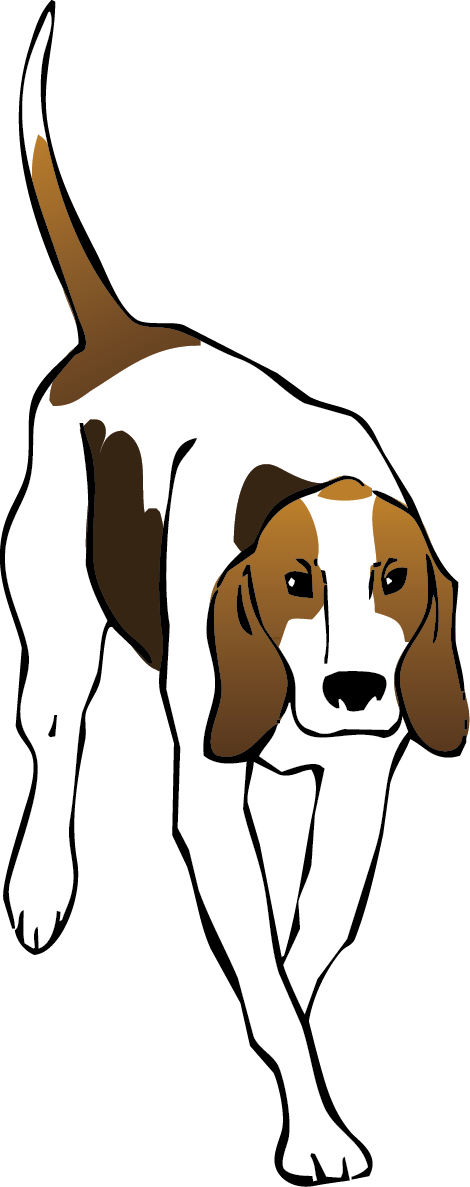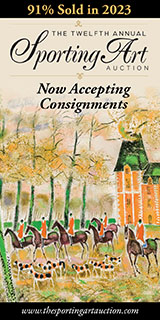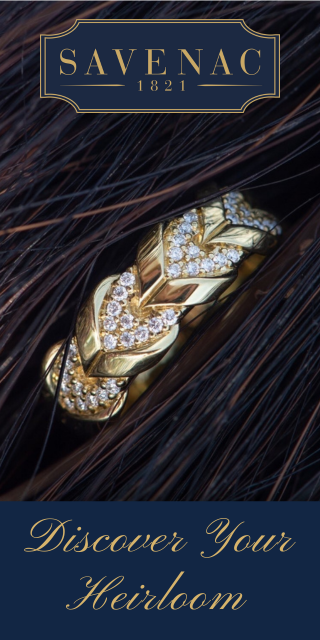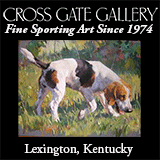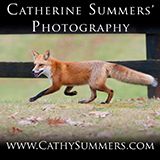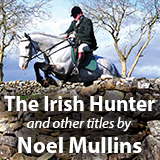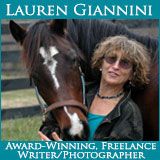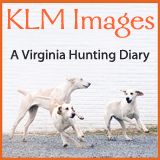Hunting Days of Yore
Lord Oaksey Goes Hunting
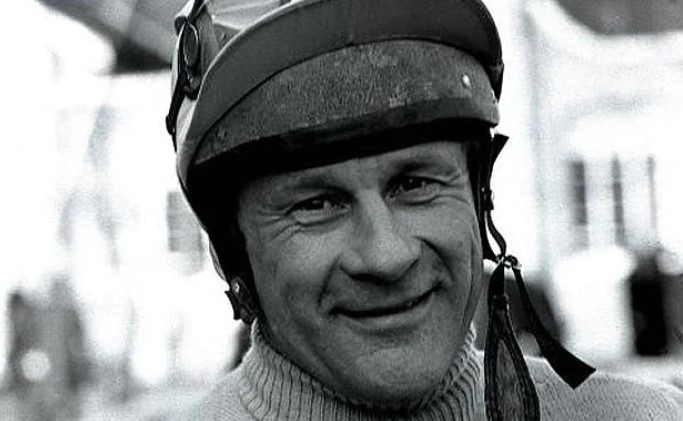
My first ride on Carrickbeg was in the Leopardstown Chase [run on the final day of the Dublin Racing Festival]. With England frozen solid, he had not run for five weeks, and I had been leading the life of Riley―or rather of Soapy Sponge: ten wonderful days hunting in Ireland.
Of course, the fox and the hound play essential parts, and I wish I understood them better. I respect and envy those to whom every cry of a hound or a note of a horn brings an immediately recognizable image―the experts to whom one clever, successful cast means more than five minutes across the best of Leicestershire, Limerick, or Tipperary.
Eddie Arcaro Goes Foxhunting
Hall of Fame jockey Eddie Arcaro
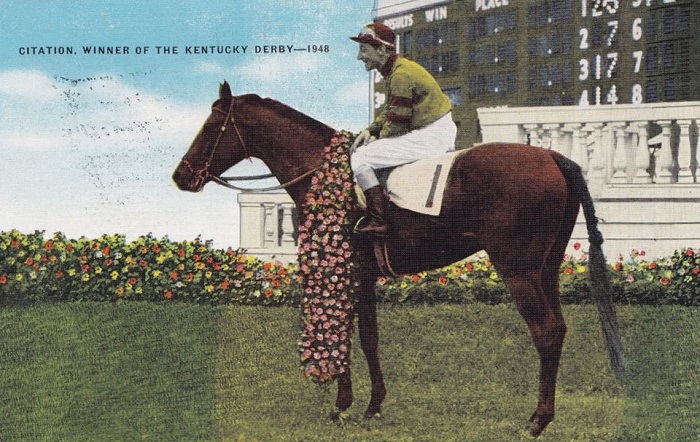 Citation, Hall of Fame jockey Eddie Arcaro up, wins the Kentucky Derby, May 1, 1948
Citation, Hall of Fame jockey Eddie Arcaro up, wins the Kentucky Derby, May 1, 1948
Eddie Arcaro (1916–1997) is regarded by many as the greatest jockey in the history of American Thoroughbred racing. He tallied more wins in classic stakes races than any other jockey and is still the only jock to have won the Triple Crown twice—Whirlaway (1941) and Citation (1948). He has the most wins of any jockey in the Belmont (six) and the Preakness (six) and is tied with Bill Hartack for Kentucky Derby wins (five). He won 4,779 of his 24,092 races and earned a record-setting $30 million in purses.
On November 23, 1954 Arcaro experienced his first foxhunt when he appeared at a meet of the Piedmont Fox Hounds in Philomont, Virginia, as reported by Liz Smith in Sports Illustrated’s December 27 issue of that year:
Harry Worcester Smith…the Great Hound Match of 1905…a Discovery?
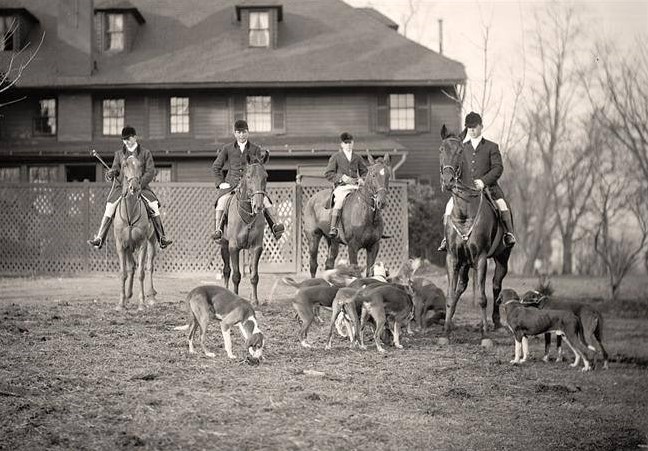 Photograph discovered by Baily's in a biscuit tin, dated 1905 on the back, and appearing American.
Photograph discovered by Baily's in a biscuit tin, dated 1905 on the back, and appearing American.
The historic and well-documented Great Hound Match of 1905 was a face-off between A. Henry Higginson’s Middlesex Hunt (MA) with its English Foxhounds and Harry Worcester Smith of the Grafton Hunt (MA) and his American foxhounds. The Match was held in the then hunting country of the Piedmont Fox Hounds (VA), with each pack alternating hunting days.
Despite the substantial coverage by the press and public interest in the Match at the time―and ever since―something has been missing.
A. Henry Higginson: A Master of the Old School
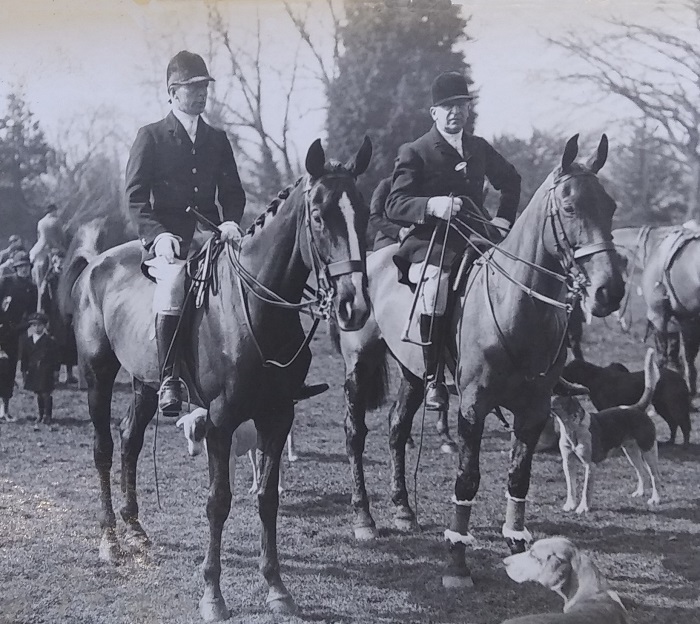 Cattistock (UK) Joint-Masters in 1936: (l-r) Tally Ruxton and A. Henry Higginson
Cattistock (UK) Joint-Masters in 1936: (l-r) Tally Ruxton and A. Henry Higginson
A family ignores the instructions of the Master and huntsman as he draws for a fox. Nieces of the family continue to forge ahead, despite the huntsman’s requests that they stop when he stops. The wife fails to get out of the huntsman’s way as he tries to get to hounds, so he barrels on through and knocks her off her pony. The wife and her niece continue to hunt kickers with red ribbons in the tails that have already injured field members and their horses.
The Master and huntsman, in this case, is A. Henry Higginson, an internationally-known American Master, huntsman, and breeder of English foxhounds. In 1930, he was engaged by the Cattistock Hunt Committee (UK) to serve as Master and huntsman in their hunting country in England. His breeding and training program have improved the pack and the sport, and his contributions are recognized and appreciated.
The family, in this case, is John Budden and his wife, Diana. The Buddens are landowners in the Cattistick hunting country. They maintain important coverts on their land and keep them safe for foxes by barring gunners. To make matters more difficult, Budden is a close personal friend of Higginson’s English Joint-Master, Tally Ruxton. Both Budden and Ruxton were military officers in The Great War.
Hunting with Daniel O’Connell, The Liberator
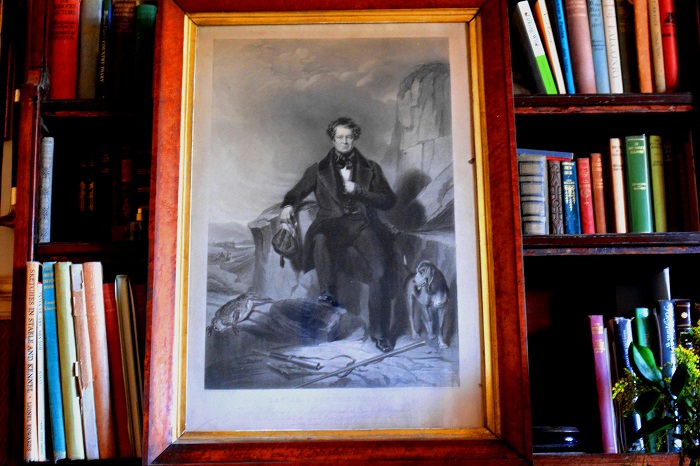 Portrait of Daniel O’Connell and one of his Kerry Beagles / Noel Mullins photo
Portrait of Daniel O’Connell and one of his Kerry Beagles / Noel Mullins photo
Researching the history of one’s sport can be very rewarding, as little did I know during my history classes in school that the Irish politician Daniel O’Connell (1775-1847), known as The Liberator, was a hunting man. Maybe I would have paid more attention had I known!
I explored Daniel O’Connell’s hunting life further when I was given a seventy-year-old unfinished manuscript on the Kerry Beagle written by the great Irish writer, poet, broadcaster, and hunting correspondent, Stanislaus Lynch (1907–1983). I since edited Lynch’s manuscript and published his book in 2017 titled, In Search of the Kerry Beagle.
Which Is the Real John Peel Horn?
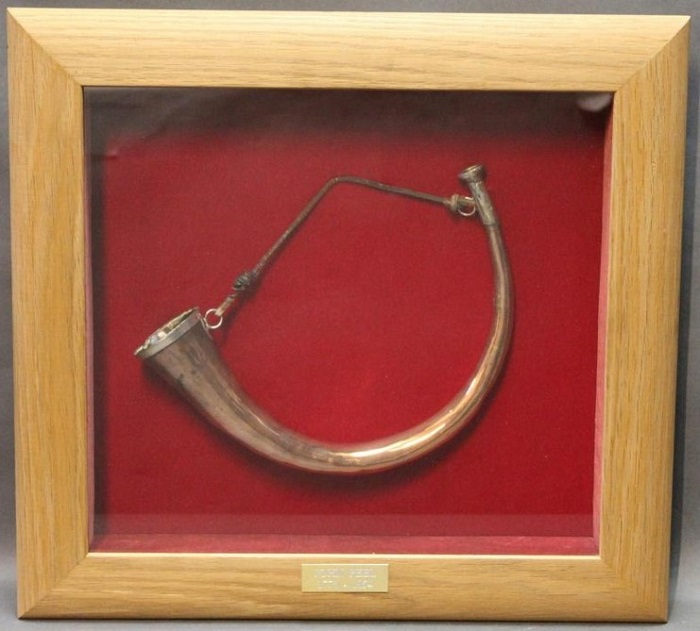 John Peel's hunting horn for auction
John Peel's hunting horn for auction
Mitchell’s, a Cockermouth auction house near Carlisle in Cumbria will hold its Country Sporting Sale from July 22 to July 24, 2020. Cumbria, of course, is where John Peel (1776-1854) hunted hounds. Peel, subject of the well known hunting song, “D’ye ken John Peel?” remains, arguably, the world’s most famous huntsman.
One highlight of the sale includes a hunting horn believed to have belonged to John Peel. The horn is described in the catalog as:
A Thanksgiving Day Hunt with the Brandywine
Stuart Rose: foxhunter, race rider, publisher, author
This tale of a Thanksgiving hunt in Pennsylvania around the middle of the twentieth century is from Stuart Rose’s excellent book, There’s a Fox in the Spinney: Memories of Fox-hunting, Racing and Publishing (Doubleday, 1967).
Rose’s father intended to send his son to Harvard, but upon completing secondary school the young man joined the U.S. Calvary instead, by lying about his age. He wanted to ride horses.
Squire Osbaldeston: A Sporting Prodigy
Squire Osbaldeston, MFH (foreground) on Ashton, with Sir Frances Holyoake-Goodricke on Crossbow, 1830, hunting the Pytchley in Melton Mobray, Leicestershire, England. Oil painting by John Ferneley
London-born in 1786, George Osbaldeston was a natural athlete. He rowed for various schools that he attended, including Eton and Oxford, neither of which he matriculated. He assiduously avoided academic work, but set high standards for rowdy behavior and was expelled from most of these fine institutions.
He was an outstanding cricketeer, bowling and batting as an amateur in numerous important matches. In 1818, however, he was barred for life from membership in a club as the result of an intemperate outburst, effectively finishing his career in important cricket matches.
Hugo Meynell: The Father of Modern Foxhunting
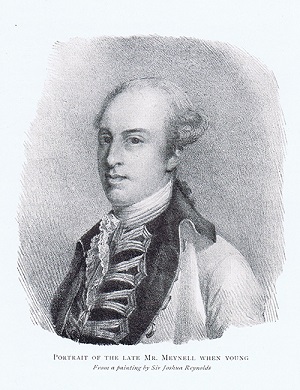 Hugo Meynell is known today as the father of modern mounted foxhunting. In the eighteenth century he transformed a sporting activity which attempted to control vermin with the slow and plodding Southern hound into an exhilarating chase at speed with fleeter Northern hounds and a scientific approach. In so doing, he set the stage for foxhunting’s Golden Age in the early nineteenth century.
Hugo Meynell is known today as the father of modern mounted foxhunting. In the eighteenth century he transformed a sporting activity which attempted to control vermin with the slow and plodding Southern hound into an exhilarating chase at speed with fleeter Northern hounds and a scientific approach. In so doing, he set the stage for foxhunting’s Golden Age in the early nineteenth century.
The great Mr. Meynell, designated by his admiring friends “The King of Sportsmen,” or “The Hunting Jupiter,” earned those titles by the sport he had shown. Without owning an acre of land in Leicestershire (his extensive estates being situated in remoter countries), he carried on [his sport in that] best hunting country in the world.
He considered horses merely as vehicles to the hounds. There are different opinions as to Mr. Meynell’s proficiency as an elegant horseman; but it is never disputed that his progress over a country was, like the whole course of his life, straightforward.
Ancestors In The Dark
North Downs Way, Kent, England
The light fades fast on a December day in the rolling chalk hills, the centuries-old beech woods, and the ancient countryside of the North Downs in the county of Kent in England. It is Roman country...old Roman country. The Roman presence can still be seen and felt there. Watling Street, now a motorway, was built by the Romans to conduct their chariots from the chalk cliffs of the coast at Dover to old Londinium. London today, of course. Straight as an arrow and solid as the rock foundations on which it was built. In places, you can still see the wheel ruts worn down by the centuries of travel.
Here too, in the well-trodden countryside, ancient history's presence is felt as the Pilgrim's Way meanders through the landscape from Winchester to the Thomas Becket shrine in Canterbury Cathedral. Much of the route of the Pilgrims Way follows an ancient track dating back to 500 BC.
